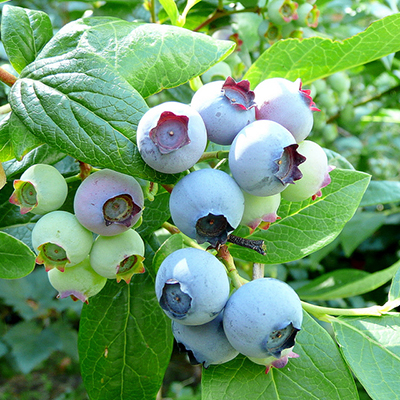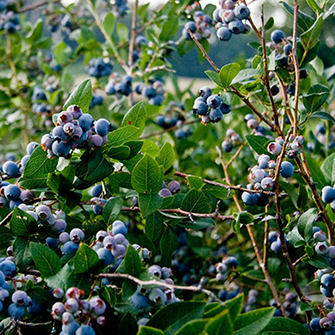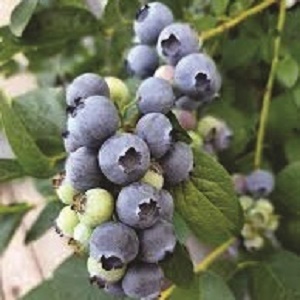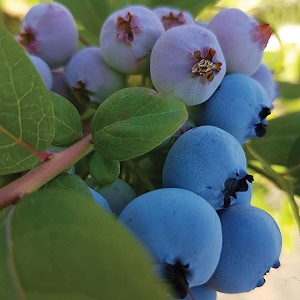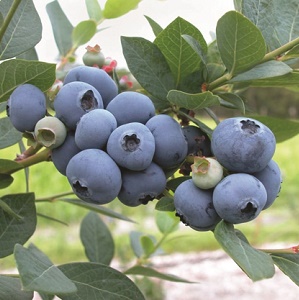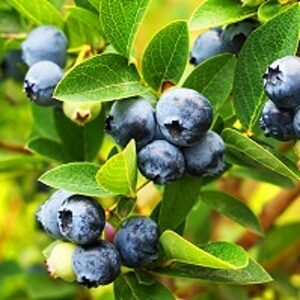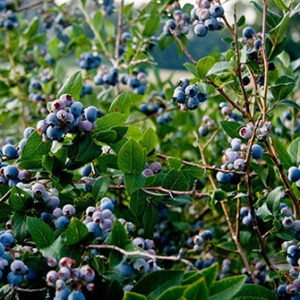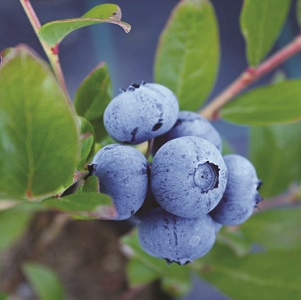Blueberry : SWEETHEART 5 gallon pot PICKUP ONLY
$39.95
The first blueberry of the season! This newer variety boasts consistent high yields of medium-large, sweet and juicy, powdery-blue berries. Sweetheart fruit also has excellent shelf life - the attractive, extra firm berries hold their fresh, aromatic flavour longer than most others. Another unique Sweetheart attribute is its ability to produce a secondary crop in the fall, if you have a long summer. Vigorous and robust bush grows to 150-180 cm (5-6') tall and 90-100 cm (3') wide.
EARLY HIGHBUSH
SELF-FERTILE | ZONE 5 | HARVEST: LATE JUNE-EARLY JULY
Other products in this zone
Growing Tips
Everyone would love to grow blue berries. You do need to be aware though that blueberries will be more judgmental of your soil than most plants. In some areas of the country (PEI for instance) the soil is naturally acidic, meaning it has a pH of 4.0-5.5. This is exactly what blueberries like. Here in southern Ontario our soil pH is more like 7.0-7.8. In these alkaline type soils some plants such as lingonberries and blueberries find it hard to access the nutrients that are in the soil. Amending the planting site with peat moss and/or using our Blueberry Booster product is recommended.
Every Whiffletree plant order includes a copy of our 'Planting For Success' guide. Check out the Blueberry section for suggestions.
It is common knowledge that blueberries require acidic (low pH) soil. In many areas of Canada the soil is naturally not acidic enough (pH too high). Here we recommend our popular Blueberry Booster (see page 59). A number of other trees also prefer more acidic soil and will benefit from annual applications of Blueberry Booster. These include Chestnuts, Pawpaws and Persimmons.
Suggested Rate:
- When planting trees – 250g (1 cup) top dressed and lightly
raked in before soaking with water. - For established trees – 500g (2 cups) per 25mm (1") of tree
trunk diameter broadcast under tree in early spring.
In addition, another way to accommodate these 'special needs'
plants is to add vinegar or citric acid to their irrigation water.
(2.5 litres common white vinegar to a 20 litre bucket of water).
